
Best Single Loop Pedal: Boss RC-1 vs. TC Electronic Ditto+
In this a comparison blog post, I compare Boss RC-1 loop station and TC Electronic Ditto+ looper pedal for someone who is looking for a beginner loop pedal with one single loop function.
Loop pedals are a great tool for any musician, allowing you to record and play back musical phrases on the fly. If you're a beginner looking for a simple loop pedal with one loop, two popular options on the market are the Boss RC-1 Loop Station and the TC Electronic Ditto+ Looper Pedal. In this comparison article, we'll take a closer look at these two pedals and help you decide which one might be the best fit for you.
Size and Design
The first noticeable difference between these two pedals is their size and design. The Boss RC-1 is slightly larger and bulkier than the TC Electronic Ditto+. It has a more traditional pedal shape and is designed to be used on the floor. The Ditto+, on the other hand, is more compact and has a sleek, modern design that allows it to be easily integrated into a pedalboard. It can also be used on the floor, but it may not be as comfortable to use as the RC-1.
Looping Features
Both the Boss RC-1 and the TC Electronic Ditto+ are very simple loop pedals that allow you to record and play back one loop. However, the Ditto+ has a few additional features that make it more versatile. For example, it has the ability to store and recall up to 99 loops, and it also has a built-in effects loop that allows you to add effects to your loop. The Boss RC-1 does not have these features, but it does have a longer maximum loop time (12 minutes compared to the Ditto+'s 60 seconds) and an LED display that shows you the current loop status.
Sound Quality
When it comes to sound quality, both the Boss RC-1 and the TC Electronic Ditto+ deliver excellent results. They both have high-quality audio converters and are designed to preserve the natural tone of your instrument. However, some users have reported that the Ditto+ has a slightly warmer and more natural sound, while the RC-1 has a more clinical and digital sound.
Ease of Use
Both the Boss RC-1 and the TC Electronic Ditto+ are very easy to use. They both have a single footswitch that allows you to record, overdub, play, and stop your loop. However, the Ditto+ has a few additional features that may make it easier to use, especially for beginners. For example, it has a "one-knob" interface that allows you to control all the essential loop functions with a single knob, and it also has a built-in metronome and a visual tempo display that can help you stay in time.
Price
Finally, let's talk about price. The Boss RC-1 Loop Station typically retails for around $100, while the TC Electronic Ditto+ Looper Pedal is slightly more expensive at around $150. While the Ditto+ is more expensive, it does offer a few additional features that may make it a better choice for some users.
Conclusion
Both the Boss RC-1 Loop Station and the TC Electronic Ditto+ Looper Pedal are excellent loop pedals that are perfect for beginners looking for a simple, reliable, and easy-to-use looping solution. Ultimately, the choice between these two pedals comes down to personal preference and specific needs. If you're looking for a more traditional, pedal-shaped loop pedal with a longer maximum loop time, the Boss RC-1 may be the best choice for you. If you're looking for a more compact and versatile pedal with additional features like effects loop and loop storage, the TC Electronic Ditto+ may be the better choice.
Best octave pedal for electric cello: Electro Harmonix Micro POG vs. tc electronic Sub 'n' Up
I had so much fun comparing these two octave pedals with my 5-string electric cello by NS Design! After I give my review, I will reveal which pedal I ended up going with (sadly I couldn't keep both and the Sub 'n' up was borrowed from my classmate and bass player Fabian, thanks Fab!).
Buy Electro Harmonix Micro POG: https://redir.love/bKahYSXG
Buy TC Electronic Sub ‘n’ Up: https://redir.love/SJEoTXnX
Build: the Micro POG is definitely bigger and also slightly sturdier (better for gigs and no worries getting scuffed on the edges). I really liked the size of the Sub 'n' Up and it was not really cheaply built or anything but because it has the paint around the whole pedal, it looks prettier, but then there is more paint to scratch off. Micro POG wins.
Foot switch: the Micro POG (and also other Electro Harmonix pedals) have a very stiff foot switch. It has a big click and needs quite some force to click it. Sub 'n' Up just feels more friendly and sensitive. Sub 'n' up wins.
Tracking: both are fine, with a slight delay, but expected I suppose. So it's a tie.
Sound: Sub 'n' Up in general is a smooth-sounding octave pedal has issues with gain. Micro POG octave up sounds a bit bright, but it tracks very well and you have a lot of gain to play with. The octave up also sounds a bit organ-like on both, so I think there is no winner for the upper octave. Sub 'n' Up has a more rounded sound but doesn't really help the sound to stand out. Overall sound-wise: Micro POG wins.
Modes: Sub 'n' Up has a few modes, but I kept it in polyphonic, since the monophonic option tracks really slowly and doesn't suit the electric cello. The TonePrint function I didn't even try, so I can't say if it is really good or not. Sub 'n' up also has an option for a sub 2 octaves down, which is a very cool option, but wouldn't say it was a deal breaker if my octave pedal didn't have one. The cello plays very low already (and I have an extra lower bass string) so I don't really need it. I prefer having one octave up and one octave down for the cello. Sub 'n' up wins for extra functionality.
The charger: I wouldn't usually need to mention such a trivial thing but one big 'con' about the Micro POG is that it uses a very big and heavy adapter with a very thin cord which is 220V and not recommended to be used with a 9V daisy chain. It's really something I hate about the Micro POG.
Overall: in the end I chose the Micro POG because of the sound. It felt more raw, and analogue, and consistently loud on both sub and octave up. Sub 'n' up sounded more digital, smooth, safe, and the sub was loud but not defined, and the octave up was not loud at all even at the highest gain.
The cello in the photo is the NS Design CR5 5 string electric cello by Ned Steinberger.
Buy Electro Harmonix Micro POG: https://redir.love/bKahYSXG
Buy TC Electronic Sub ‘n’ Up: https://redir.love/SJEoTXnX
—
If you’ve reached this far down of my blog post, please take a few seconds to:
Subscribe to my YouTube
Follow my Instagram
Like my Facebook

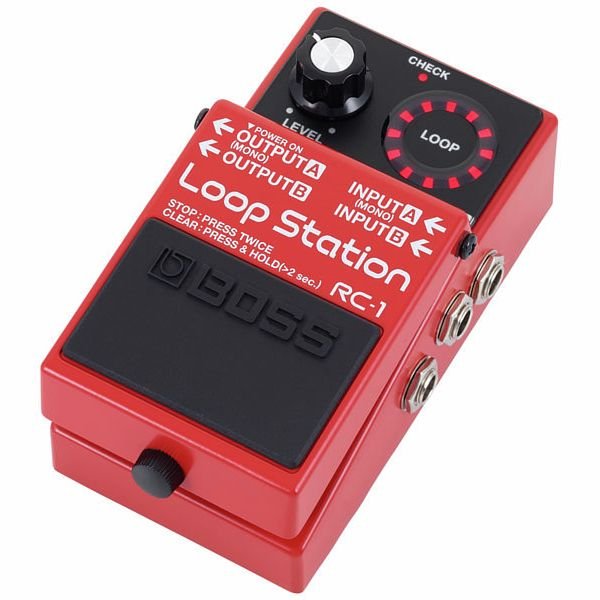
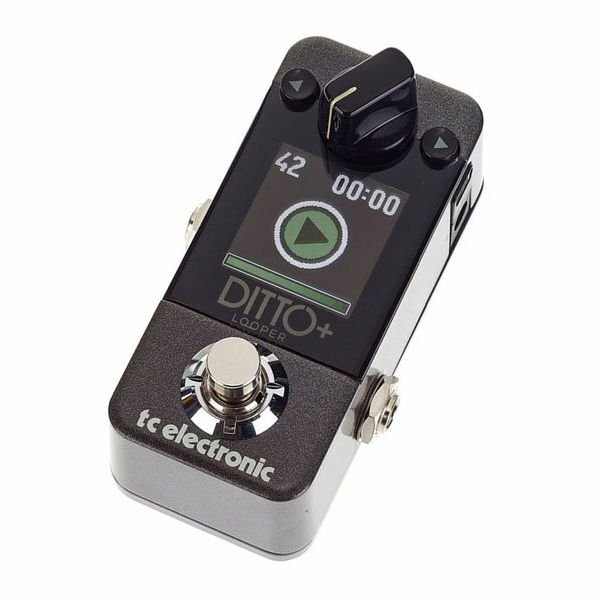
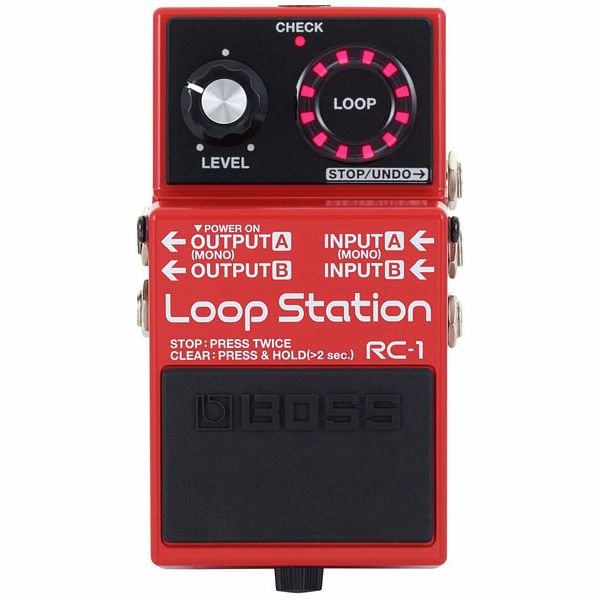
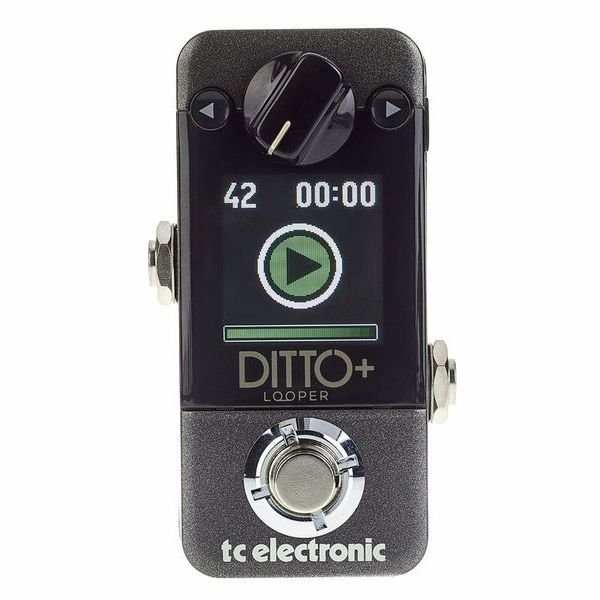
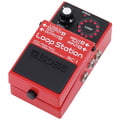
 Boss RC-1
Boss RC-1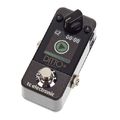
 tc electronic Ditto + Looper
tc electronic Ditto + Looper